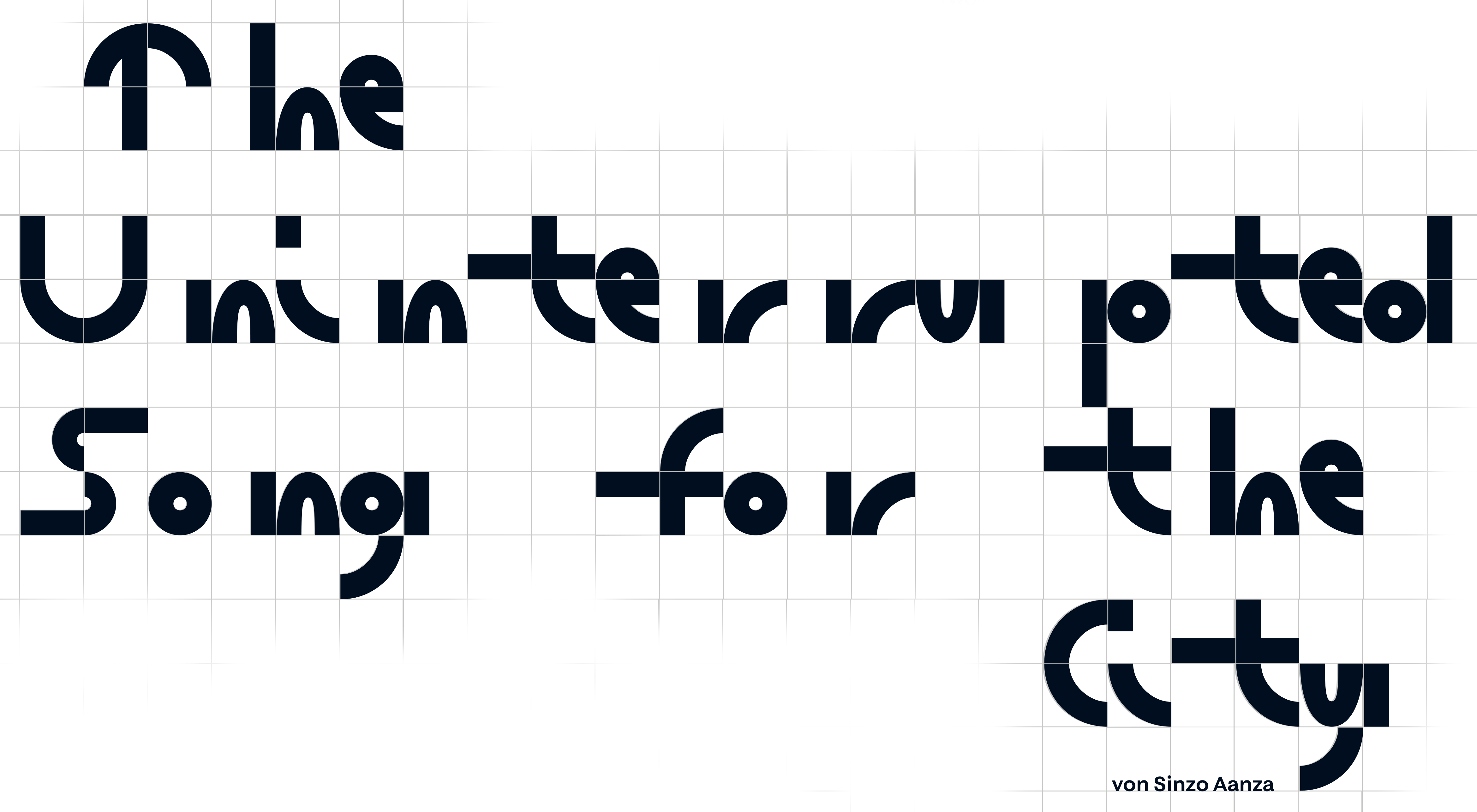Editorial
by Samuel Baah Kortey & Lynhan Balatbat-Helbock
“Where are the young suckers that will grow when the
old banana tree dies”
– Chinua Achebe, Things Fall Apart, 1958 [1].
In developing new methods of knowledge production and potential history telling, “The Uninterrupted Song for the City” by Sinzo Aanza confronts and raises a series of questions about the ethics of museums, and their engagements with relics acquired through colonial expeditions. How do museums take credit for archiving the heritage of those their progenitors helped to imperil? Why should there be defiance in ingressing materials related to distraught and trapped souls left to inhale dust that ends up choking their value and degrading the culture of their cohort? Is colonial quest and mandate repeating itself through museums’ ideals? These questions and more had been the incentive for this intervention. The reconstruction of consistent dreams, unrealized possibilities and awareness within the music industry and beyond, is what the artist, in collaboration with guerillaclassics barter to thrust in the making of this experience.
The project had positioned its collaborators and listeners in learning, healing, and producing mood concomitantly as it turned beyond colonial relations embedded in museum collections to being conversance with the outside world. The sonic mashup was fostered out of unconventional thinking and living. Using Kinshasa soundscape as a musical instrument; sounds from hawkers on the street, off beat melodies from carpenters furnitures, churches, parties, and other sound compositions from the city serve as the reference for this project. Sinzo Aanza in collaboration with guerillaclassics and Vincent Glanzmann, Huguette Tolinga, Eden Sekulović, Vladimir Petrov, Hiromi Gut, Philippe Kocher, Andreas Brüll, Rokia Bamba, and Valentine Michaud extracts tunes and scores produced by Sinzo Aanza and archived in (pre)colonial times Congo Basin and the Gulf of Guinea. The charily selected sounds from the collection of the Africa Museum in Brussels, Belgium, are delineated practices that were recorded and collected both for study purposes and the intention of keeping recordings of precolonial life and culture.
The project is not only a journey into the external but also into an internal archive. Much of the embedded sounds that are held within the digital structure compiled by an artificial intelligence and hold multiplicities of genres, are equally lingering present in our bodily archives.
Diasporic soundscaes, that might not be instantly perceived as common ground, cross contaminated and activated music beyond continents, regions, crossing walls and generations. The Uninterrupted Song for the City is a project that renders the undeniable traces of black sounds audible and as a consequence the existence tangible. It is a continuing part of “The Improbable Memorial”, a speculative memorial which the artist Sinzo Aanza has developed, that draws its inspiration from archives that contain music, rituals and its practices from various regions of Central and West Africa.
Many sounds and video materials that are kept behind the walls in the Africa Museum in Tervuren, are traces of practices and rituals that are likely to vanish. These archives are the starting point of the project.
The sonic realm is at the very core of this process based project. Sound fragments of a collective past are called to stand witness to the demystification of autophagic music genres. Perpetual inspiration blurred the lines a long time ago that a few would want to redraw over and over again. The sonic encounters with the four musicians are an invitation to listen along to the conversation between archival material from the machine and their own sounds.
These individual activation sessions can be visited within the time frame of a weeklong program in front of the Rietberg Museum to which the public is invited to delve into the sounds that are released by the machine that holds the archive. The project sensitizes both participants and listeners to the omnipresence of colonized bodies that were not held captive but rather activated sounds in jazz, techno, house, classic and an abundance of music yet to come.
By Samuel Baah Kortey &
Lynhan Balatbat-Helbock
1. Chinua Achebe, Things Fall Apart, Published by Mcdowell-Obolensky, New York, [1958], S. 82. ↩
Lynhan Balatbat-Helbock is co-executive managing director at S A V V Y Contemporary Berlin and is part of the participatory archive project Colonial Neighbours. She received her MA in Postcolonial Cultures and Global Policy at Goldsmiths University of London and moved to Berlin in 2013. In her work within the permanent collection of SAVVY Contemporary she looks for colonial traces that are manifested in our present.
Samuel Baah Kortey was born in Ghana and lives between Kumasi and Frankfurt. He is currently pursuing his MFA at the Department of Painting and Sculpture KNUST (Kumasi, Ghana) and is an exchange student in Städelschule, Frankfurt. The artist is a member of three collectives, blaxTARLINES, Commune6x3, and a co-founder of the Asafo Black Collective. He works with postcolonial histories and religious iconographies, and experiments with organic materials.
